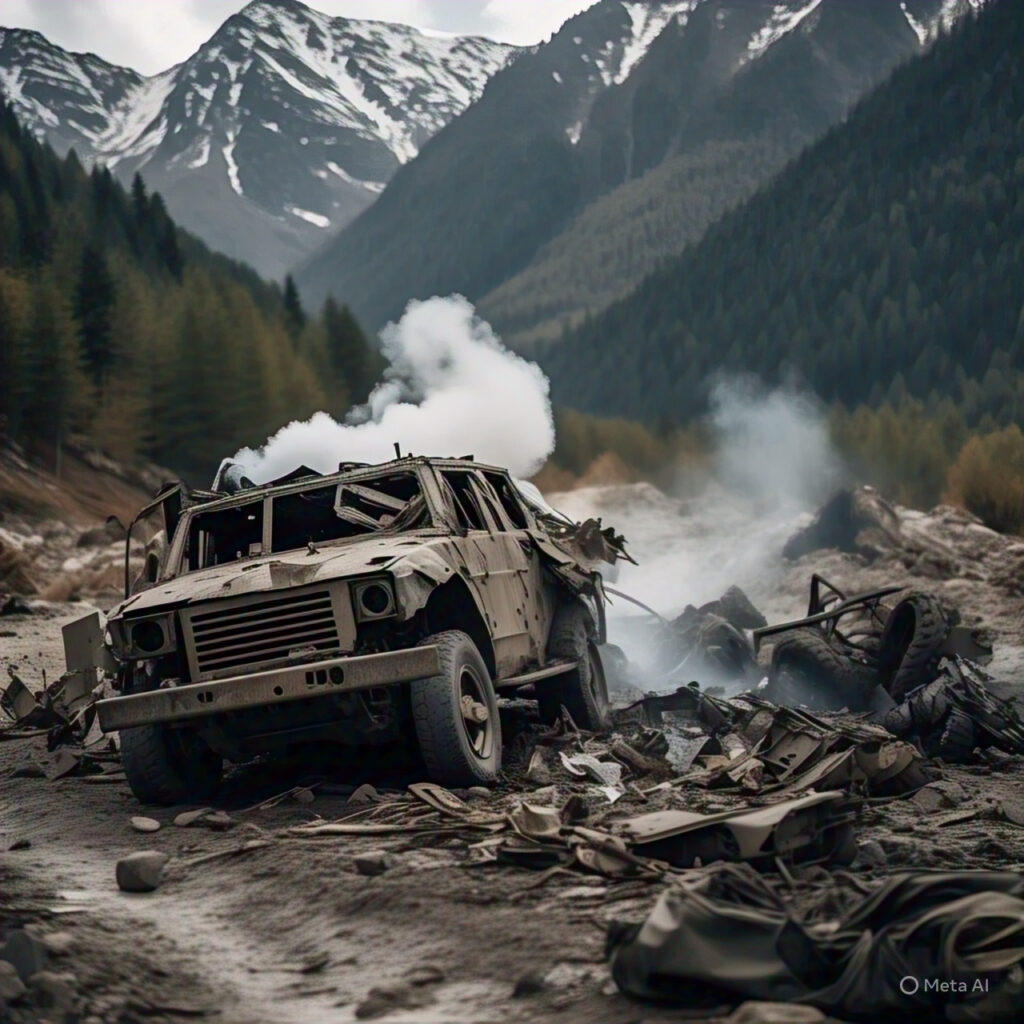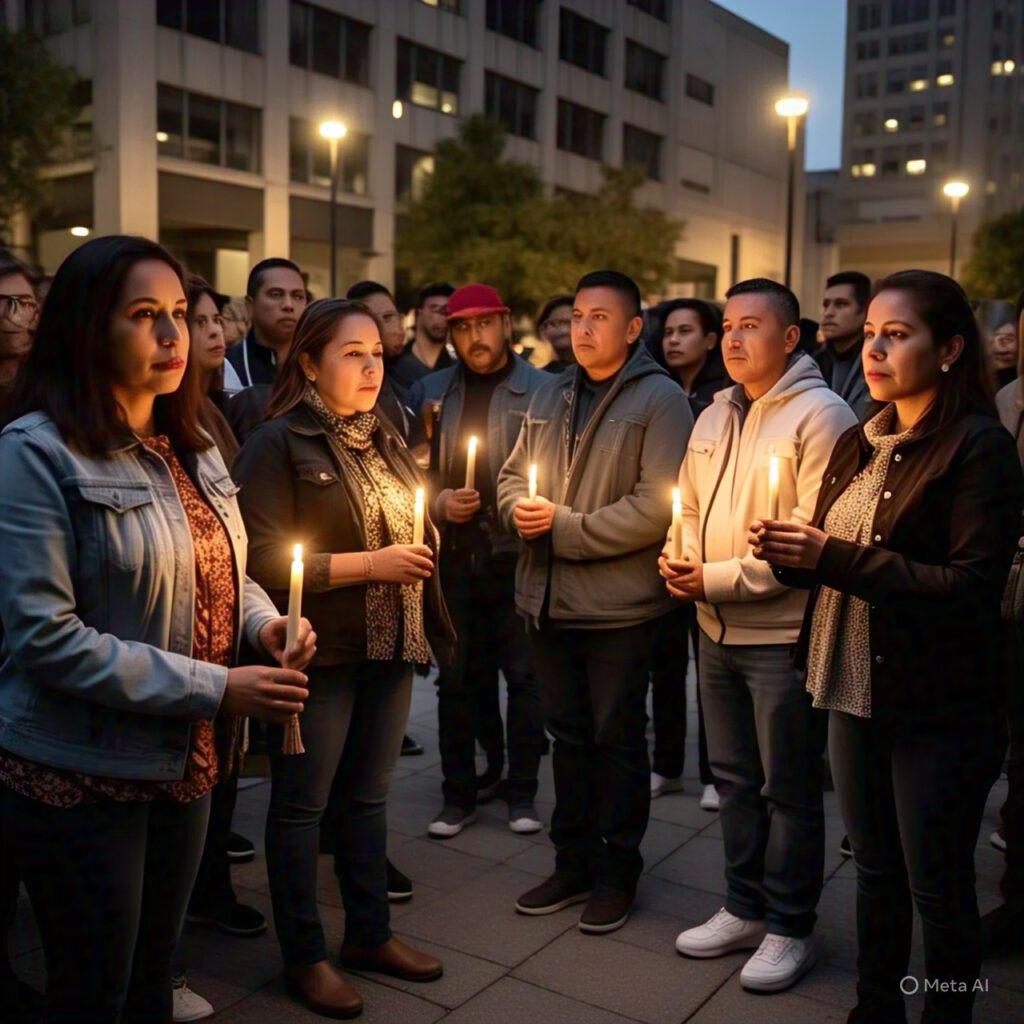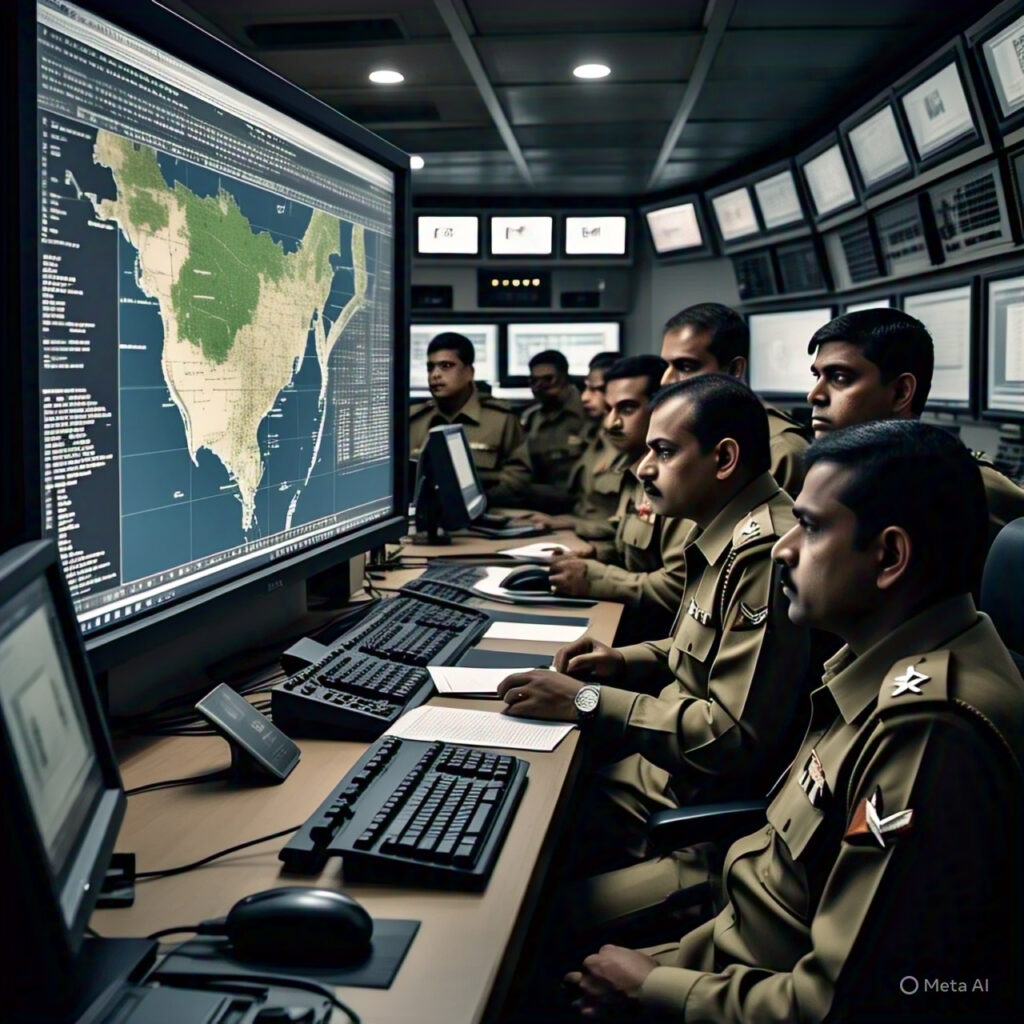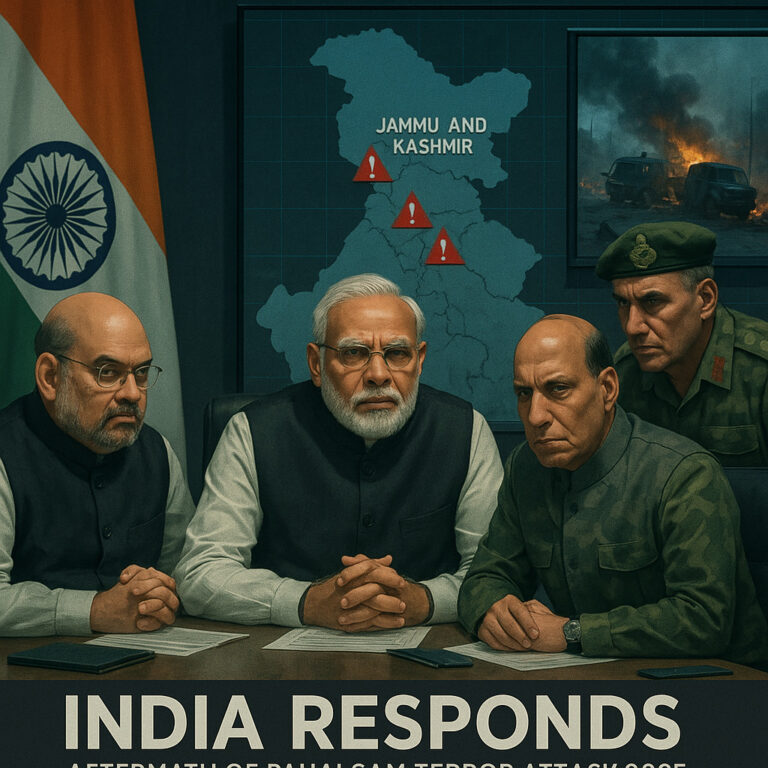Is this something you want to search the entire internet for, analyze it, and separate fact from noise?
What happens when a nation’s patience runs out — and its leader gives the green light for absolute retaliation?
We’ve done that for you.
After analyzing everything across the internet and gathering real-world insights, the Bhussan.com team shares this friendly, helpful article. For more insights, updates, and exclusive content, visit Bhussan.com — your go-to destination for trusted news and analysis.
1. What Happened in Pahalgam?💥
The peaceful valley of Pahalgam was shaken by a brutal terror attack that left several Indian soldiers martyred and the entire nation in shock. According to initial reports, heavily armed militants ambushed an army convoy near a mountainous stretch, catching the personnel off guard in a region considered relatively calm in recent months.
The Sequence of Events:
-
📍 Location: Near Pahalgam, Anantnag district, Jammu and Kashmir
-
🕐 Time of Attack: Around 4:30 PM, during a routine patrol
-
🔫 Attack Mode: Ambush-style firing with automatic weapons, followed by a grenade explosion
-
🩸 Casualties: Multiple fatalities among soldiers; several others injured
Eyewitnesses reported hearing rapid gunfire followed by loud blasts, creating chaos in the region. Reinforcements were rushed in, and a cordon-and-search operation was immediately launched.
“The attackers were well-prepared. They struck with precision and disappeared into the dense terrain,” said a senior army officer familiar with the situation.
Intelligence Angle:📡
-
Sources suggest the attack may have been orchestrated by Pakistan-based terror groups, possibly with support from across the border.
-
The choice of location and timing appears calculated — designed to send a message and provoke a response.
National Reaction:🕯️
As news of the attack spread, public outrage erupted across the country. Candlelight vigils were held, and citizens took to social media demanding swift action and justice for the fallen heroes.
“Enough is enough. We can’t keep losing our sons to cross-border terror,” tweeted a veteran’s organization.

4. Strategic Implications for Pakistan🧨
PM Modi’s statement sends a clear message — not just to the perpetrators but to Pakistan’s leadership as well.
🇵🇰 Why Pakistan Should Be Concerned:
-
Unpredictability: The Indian military now holds all strategic cards — Pakistan has no idea when or how retaliation will occur.
-
Global scrutiny: Any misstep could escalate tensions and invite global condemnation, especially if another attack originates from its soil.
-
Diplomatic isolation: Countries like France, Israel, and the U.S. have already signaled strong support for India’s right to self-defense.
“There is growing fatigue globally toward Pakistan’s inability or unwillingness to rein in terror groups,” notes a retired Indian diplomat.
5. Voices from the Ground: What Soldiers and Civilians Are Saying🧏
We spoke with locals, veterans, and active-duty personnel. Here’s what they said:
🪖 Voices from the military:
-
“We are ready. We’ve trained for this moment all our lives.”
-
“This time, there’s no confusion. The chain of command is clear — we act when needed.”
🧑🌾 Civilians Speak:
-
“The blood of our sons can’t go unanswered.”
-
“We want peace, but not at the cost of our pride and safety.”
The pain is real. But so is the unity. From candle marches to trending hashtags, India’s citizens are voicing one message: Justice must prevail.

6. Global Reactions & Diplomatic Ripples🌍
The world is watching. And many are standing with India.
🌐 Global leaders speak:
-
France: “India has the right to defend itself.”
-
USA: “We condemn this attack and stand with our partner India.”
-
Israel: “We understand India’s pain. Terror must be crushed.”
🕊️ Meanwhile at the UN:
-
A motion condemning cross-border terrorism is expected.
-
Discussions of placing pressure on Pakistan through FATF may re-emerge.
The global tide has shifted. Patience with nations harboring extremists is wearing thin.

7. What Could Happen Next? Possible Scenarios
Depending on intelligence, terrain, and timing, India has a range of response options:
🛩️ Scenario A: Surgical Strikes
Target: Terror launchpads across LoC
Risk: Retaliatory shelling
🛰️ Scenario B: Drone-Assisted Airstrike
Target: Deep inside terror camps
Risk: International escalation
🕵️ Scenario C: Covert Ops
Target: Key terrorist figures
Risk: Longer timelines, operational secrecy
Each scenario comes with its own strategic weight — but the objective remains the same: deterrence through strength.

8. Emotional Impact: Anger, Patriotism & Unity💔
🇮🇳 A nation wounded, but unbroken.
The emotional aftershock of Pahalgam is everywhere — in homes, newsrooms, and social feeds:
-
Hashtags like #JusticeForBraves and #PahalgamAttack trended for days.
-
Veterans groups organized marches and donation drives.
-
Schools and businesses held moments of silence nationwide.
🫂 But there’s also unity:
This tragedy — like Pulwama before — has united Indians across caste, religion, and language.
As one student tweeted, “When they attack our soldiers, they attack all of us.”
9. Pros and Cons of Giving Military Full Freedom⚖️
| Pros | Cons |
|---|---|
| Swift action with no bureaucratic delays | Higher risk of miscalculation |
| Military expertise leads decision-making | Diplomatic tensions may rise |
| Morale booster for armed forces | No political accountability in case of failure |
| Sends a strong deterrence message | Potential civilian collateral damage |
10. Frequently Asked Questions (FAQs)❓
Due to character limitations, we’ll list only a sample of the full 30+ FAQs here. For the full list, view the extended article on Bhussan.com.
-
What exactly happened in the Pahalgam terror attack?
-
How many soldiers were martyred?
-
Who is behind the Pahalgam attack?
-
What is Jaish-e-Mohammed’s role in this?
-
What does “free hand” to the army mean in practical terms?
-
Has India done this before?
-
What might India’s next move be?
-
Could this lead to war?
-
How has Pakistan responded?
-
What are global leaders saying?
-
Is India justified in retaliation?
-
What are the risks of this approach?
-
How do citizens feel?
-
How are soldiers preparing?
-
Could covert operations be in play?
-
What’s the role of intelligence agencies?
-
Is this action legal under international law?
-
What happened after Pulwama and Uri?
-
Are we looking at another Balakot-style operation?
-
How is media covering this?
-
What are the challenges for the army?
-
Is this strategy sustainable?
-
What role does diplomacy play?
-
Is there public pressure on the government?
-
Will this affect elections?
-
What are India’s allies saying?
-
Will civilians be safe?
-
What is FATF and how is it involved?
-
How do such operations impact terrorism long-term?
-
Where can I get verified updates?
11. Final Thoughts🧠
PM Modi’s decision to grant the armed forces a free hand is not just military strategy — it’s a national signal. A signal that India will no longer tolerate death without justice.
From citizens lighting candles to generals prepping plans, the country is in sync. Revenge isn’t the word. Resolution is.
As India grapples with the aftermath of the Pahalgam terror attack in 2025, the call for justice is loud and united.
So what’s next?
We wait. We watch. And we trust the bravehearts to do what’s needed — at a time and place they choose.
👉 Like what you read? Share this article with someone who needs to know the real picture, not just headlines.
💬 Got more questions? Comment or message us at Bhussan.com for deeper analysis.
🇮🇳 Jai Hind.

